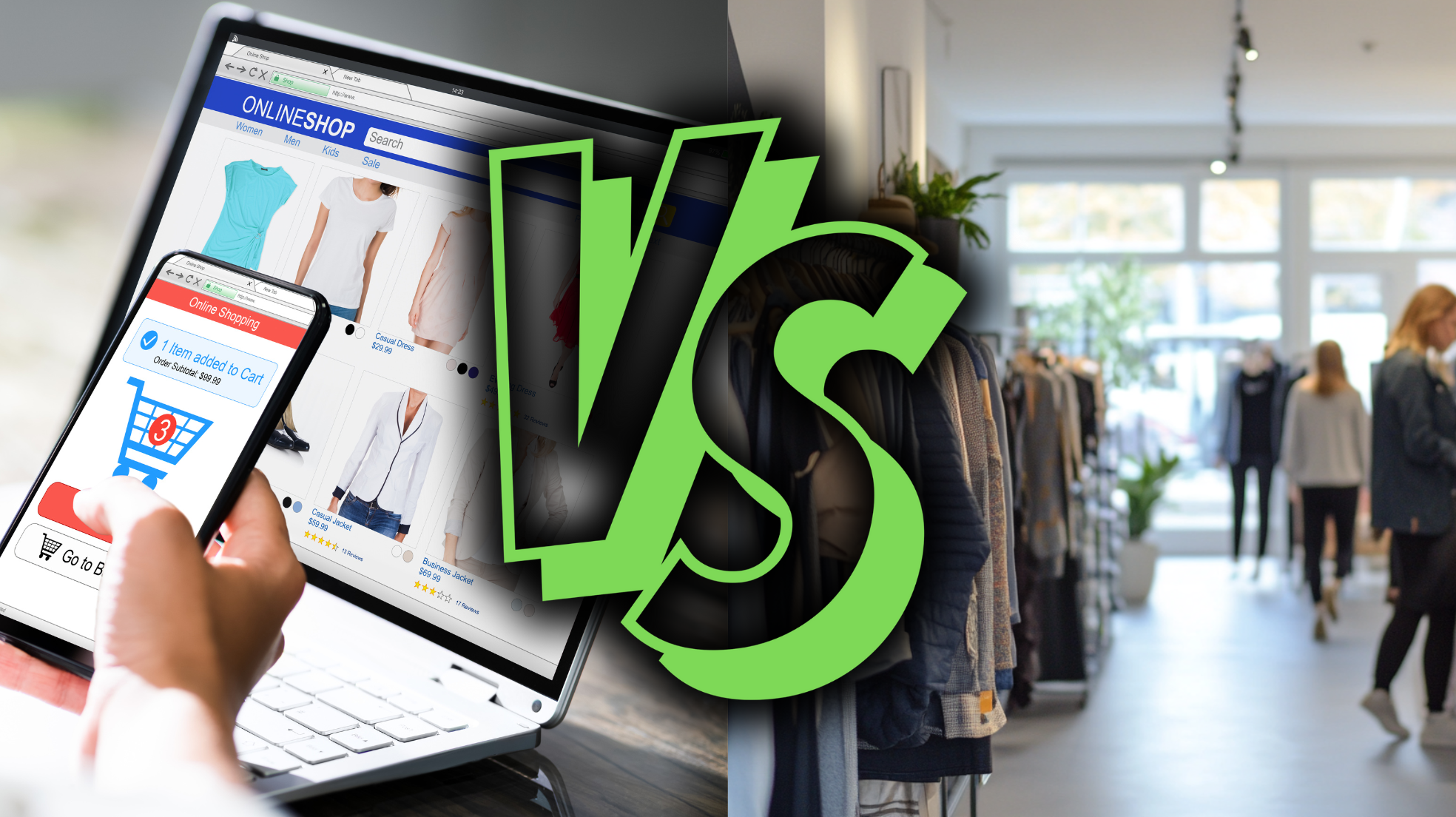The retail landscape has transformed dramatically over the past decade. What was once a clear-cut world of physical stores has evolved into a complex ecosystem where digital and physical commerce compete and collaborate. As consumers, we experience this evolution daily – one day ordering household essentials online, the next stopping by a local boutique to try on a new outfit.
The Digital Revolution
E-commerce has fundamentally changed how we shop. The convenience of browsing products from your couch at midnight has proven irresistible to consumers worldwide. Online stores never close, never run out of parking space, and never make you wait in checkout lines.
Beyond convenience, the economic advantages for businesses are compelling. Without the burden of maintaining physical storefronts in prime locations, online retailers can redirect resources toward marketing, product development, and competitive pricing. This digital-first approach has allowed startups to challenge established retail giants with minimal initial investment.
The global reach of e-commerce further tilts the scales. A small boutique that might serve a few thousand local customers can suddenly access millions worldwide through a well-designed website. The boundaries that once limited growth have dissolved, creating opportunities for niche products to find their perfect audience, no matter where they live.
Perhaps most revolutionary is the wealth of data e-commerce generates. Every click, search, and purchase becomes valuable information, helping retailers understand their customers better than ever before. This digital footprint allows for personalization at scale – something brick-and-mortar stores have historically struggled to achieve.
The Enduring Power of Physical Retail
Yet despite these digital advantages, traditional retail continues to thrive in many sectors. The reason? Human experiences matter.
Walking into a well-designed store engages all our senses in ways a website simply cannot. The ability to touch fabrics, test products, and receive immediate person-to-person assistance creates confidence in purchasing decisions. This tactile dimension remains e-commerce’s greatest challenge to overcome.
The immediate gratification of walking out with your purchase in hand also remains uniquely powerful. When you need something now – whether it’s a last-minute gift or a replacement for something that just broke – physical stores offer immediate solutions that even the fastest shipping can’t match.
Perhaps most significantly, brick-and-mortar locations build trust through physical presence. A store represents investment in a community, creating a sense of permanence and accountability. This tangible commitment often translates into customer loyalty that purely online brands must work harder to earn.
Bridging the Divide: The Hybrid Future
Smart retailers have recognized that the future isn’t about choosing sides in this battle – it’s about creating seamless experiences across both worlds. The lines between online and offline are blurring, creating innovative approaches like buy-online-pickup-in-store options that combine the convenience of digital shopping with the immediacy of physical retail.
Physical locations are evolving from mere points of sale into experience centers. Apple pioneered this model, transforming stores into spaces where customers can explore, learn, and connect with the brand – whether or not they make a purchase that day. Online-first brands like Warby Parker and Allbirds have followed this path, creating showrooms that complement their digital presence.
Meanwhile, technology is enhancing in-store experiences through interactive displays, augmented reality fitting rooms, and mobile checkout options. The physical store is becoming smarter, more connected, and more experiential.
Finding Your Path in the New Retail Reality
For businesses navigating this complex landscape, the question isn’t which model is superior, but rather how to leverage the strengths of each channel for their specific products and customers.
Luxury goods, complex technical products, and items where fit and feel are crucial often benefit from a physical presence. Commodity products, specialty items with limited local demand, and replenishment purchases naturally gravitate toward e-commerce.
The most successful retailers understand that today’s consumers don’t think in channels – they simply want to shop on their terms, whether that’s online, in-store, or some combination of both. Meeting customers where they are, with consistent experiences across all touchpoints, has become the new retail imperative.
As the retail evolution continues, one thing remains clear: the businesses that thrive will be those that embrace both the efficiency of digital and the humanity of physical experiences, creating seamless journeys that put customer needs at the center.
You can read more HermesLines blogs here.
If you need 3PL services for your e-commerce store, HermesLines is here to help. Check our prices here: hermeslines – pricing
HermesLines is fully transparent when it comes to pricing, so you don’t have to worry about hidden costs.

